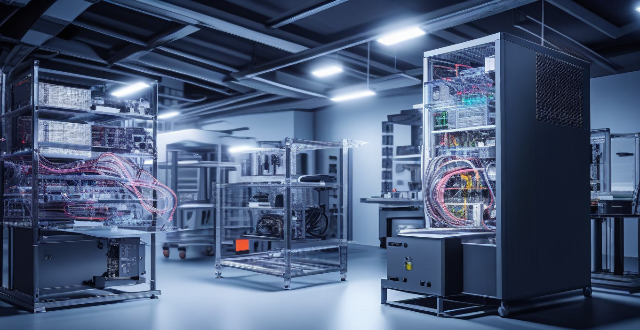Industry 4.0 technologies significantly impact energy efficiency in manufacturing by enabling precision and optimization, data-driven decision making, resource management, promoting sustainability, and enhancing employee engagement. These advancements contribute to a future where smart manufacturing and sustainability are intertwined.

The Influence of Industry 4.0 Technologies on Energy Efficiency in Manufacturing
The advent of Industry 4.0, characterized by the integration of advanced technologies such as the Internet of Things (IoT), artificial intelligence (AI), big data analytics, and robotics, has significantly impacted energy efficiency in manufacturing processes. This transformation is evident across various aspects of industrial operations, from production lines to supply chain management. Here's a detailed exploration:
Precision and Optimization
*Smarter Machine Control*
- Sensors and Real-time Data: The integration of sensors into machinery allows for real-time monitoring of energy consumption patterns. This data can be analyzed to identify areas of inefficiency and adjust machine operation accordingly.
- Predictive Maintenance: By predicting equipment failures before they occur, downtime is reduced, which in turn lowers energy waste associated with stoppages and restarts.
*Enhanced Process Automation*
- Robotics: Highly efficient robots can perform repetitive tasks with precision, reducing energy spent on correcting errors or producing substandard products.
- AI-driven Systems: AI algorithms can optimize production schedules and machine settings to minimize energy use while maintaining output quality.
Data-Driven Decision Making
*Big Data Analytics*
- Energy Consumption Patterns: Analyzing large datasets can reveal hidden patterns in energy usage, leading to more informed decisions about process adjustments that conserve energy.
- Benchmarking and Targets: Comparing energy consumption data across different facilities or against industry standards helps set achievable efficiency targets.
Resource Management
*Internet of Things (IoT)*
- Connected Facilities: IoT devices enable better management of heating, ventilation, and air conditioning (HVAC) systems, lighting, and other infrastructure, ensuring that they operate efficiently.
- Remote Monitoring: Manufacturers can remotely monitor and control energy usage, making immediate adjustments based on real-time needs rather than relying on preset schedules.
Sustainability and Environmental Impact
*Green Manufacturing Practices*
- Renewable Energy Integration: The flexibility afforded by smart grids and energy storage solutions allows factories to incorporate renewable energy sources more effectively into their operations.
- Waste Reduction: Precise control over materials and processes reduces waste, which indirectly saves energy that would have been used in producing and managing additional raw materials and waste products.
Employee Engagement and Training
*Enhancing Human-Machine Collaboration*
- Skill Development: As technology advances, so does the need for skilled workers who understand how to manage and maintain these systems effectively.
- Awareness and Responsibility: Educating employees about the importance of energy conservation fosters a culture of efficiency within the organization.
Conclusion
In summary, the adoption of Industry 4.0 technologies has ushered in a new era of energy efficiency in manufacturing. Through precise machine control, data-driven decision making, resource management, commitment to sustainability, and enhanced human-machine collaboration, manufacturers are not only optimizing their energy use but also contributing to broader environmental goals. As these technologies continue to evolve, their positive impact on energy efficiency is expected to grow, shaping a future where smart manufacturing and sustainability go hand in hand.